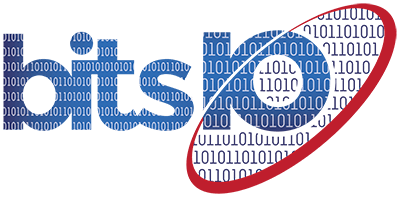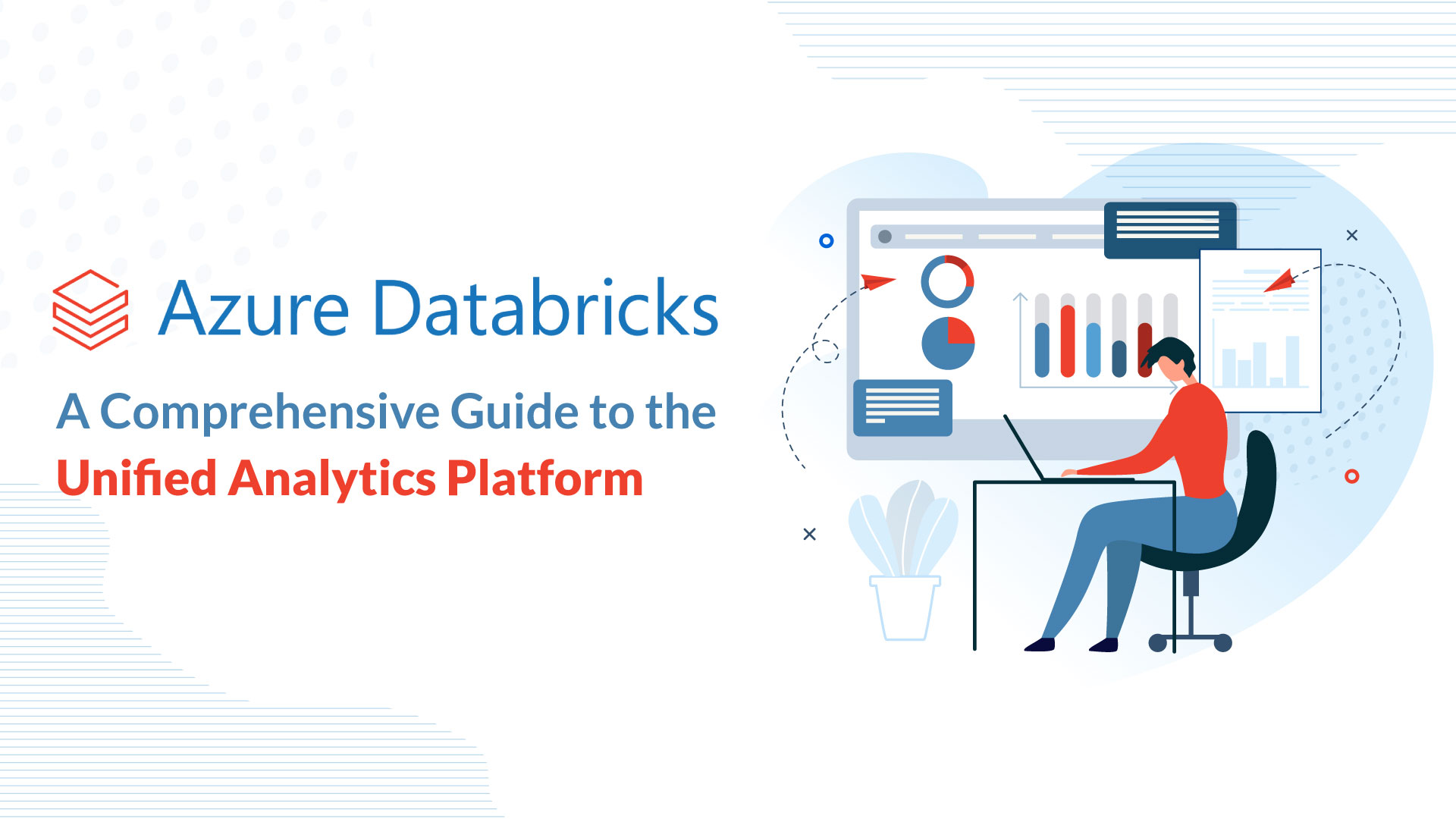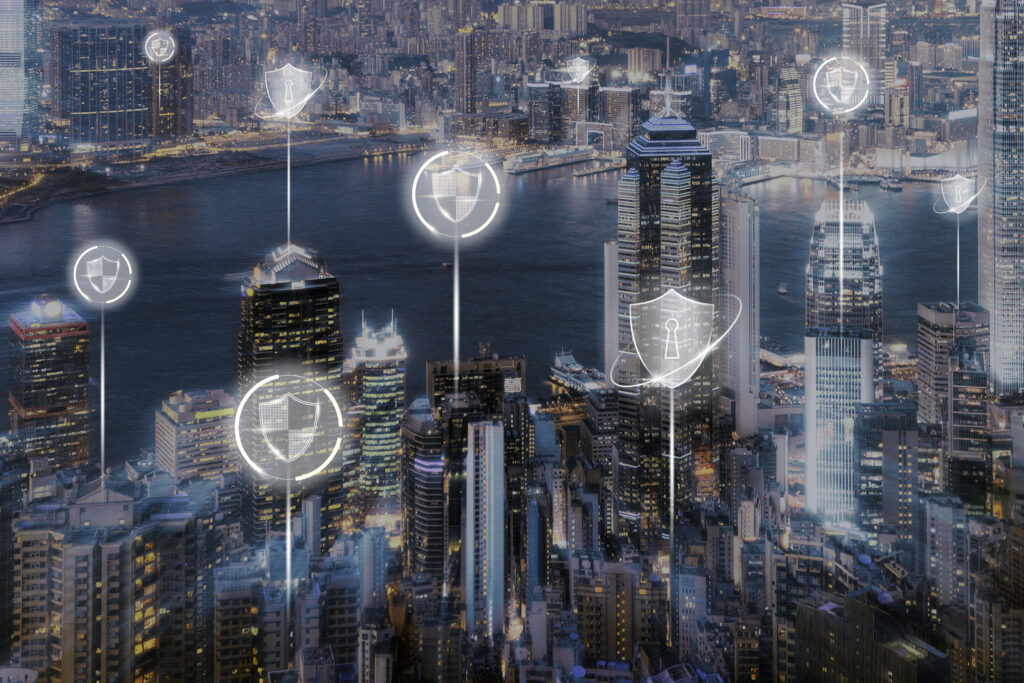
The looming threat to enterprise cyber security is increasingly becoming a serious issue for businesses.
A study suggests that a quarter of enterprises in the US reportedly incurred cyber attacks in 2022 alone, with losses amounting to between US$50,000 to US$99,999.
These alarming statistics highlight the growing sophistication of modern-day hackers and their capability to harness innovative technologies and tactics to increase the effectiveness of their cyber attacks.
The demand for businesses to employ enterprise security infrastructure to combat cyber criminals has never been more evident.
In this article, we provide you with a complete guide to enterprise security and what best practices should be kept in mind to keep yourself and your network protected.
What is enterprise security?
Enterprise security in organizations involves their IT security teams using the best technology, processes, tactics, and security mechanisms to act as a preventative measure against online threats.
When attackers target an enterprise, its data, devices, and digital assets containing sensitive information come under siege for exploitation. To fight these exploits, businesses need to carefully protect data as it moves across the company network by placing suitable legal structures.
Another good practice is enforcing strict company-wide policies that ensure that all employees and stakeholders maintain adequate security postures to secure the company network infrastructure.
Proper enterprise security practices will help prevent unauthorized infiltration, exploitation, and utilization of company networks.
Why is enterprise security important?
Some enterprises fail to realize that attacks can occur through overlooked areas such as employee email and other communication channels.
This can pose a severe threat as bad actors can gain confidential company data by intercepting critical business communications between employees.
These communications may include data containing employee credentials, passwords, and other types of sensitive information.
Another popular target for malicious actors is the company website. Through distributed denial of service (DDOS) exploits, attackers, can penetrate, control, manipulate, and shut down company websites and other enterprise systems.
Enterprise security is growing in importance because it is a continuous effort to mitigate these real-world threats facing companies. It is also the best way to educate and improve security standards amongst internal and external stakeholders with system access.
Inconsistencies in the levels of security measures applied across these stakeholders will result in multiple weak spots that attackers can exploit.
Enterprise security works best when the IT teams cooperate and collaborate with all organizational stakeholders.
Enterprise security architecture
Businesses striving to keep their data protected must prioritize placing state-of-the-art network architecture consisting of firewalls, sandboxing, and other mechanisms to provide comprehensive protection against cyber threats.
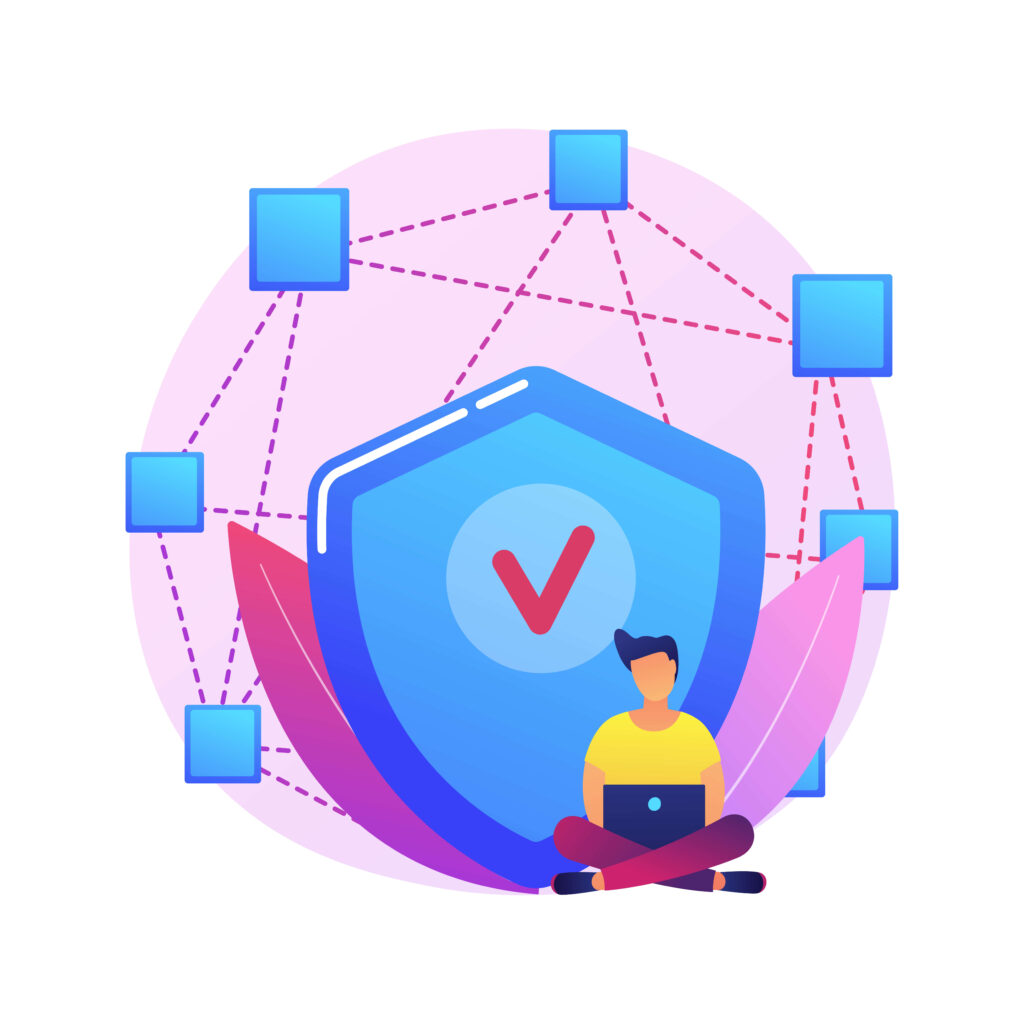
A good system architecture must be a trust-free system that protects the IT infrastructure and is not restricted to specific aspects to prevent unauthorized physical access.
As the threat of social engineering and malware-based attacks is growing, assigning and managing each stakeholder’s access level is crucial. Businesses should exercise caution when dealing with systems reliant solely on employee login credentials and passwords.
A single compromised password could result in malicious actors exploiting the system and elevating themselves to wield admin privileges and unfettered access.
Multi-factor authentication is an effective way to solve this problem while providing real-time visibility into whom has access to the enterprise’s systems.
Once attackers gain access to the network, it becomes easy for them to perform external attacks and exploit the company’s network as a base for attacks across all networks.
Here are two excellent ways to mitigate these exploits.
Firewalls
Firewalls are an excellent way to prevent this, as they are an effective tool to monitor network traffic for any anomalies that could cause potential harm to the enterprise. Companies engaging in a next-generation firewall (NGFW) network security device arm themselves with the capability to achieve a higher level of security than a traditional firewall.
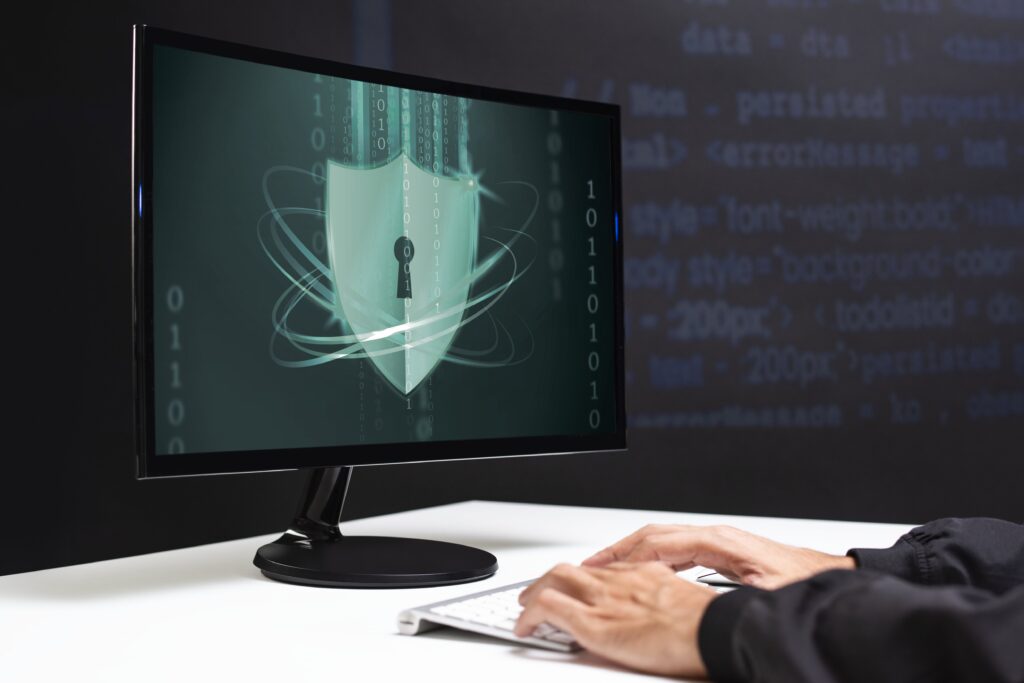
They are excellent means to prevent zero-day attacks where attackers exploit software vulnerabilities before they can be identified and patched by the software developers.
NGFW surpasses the capabilities of the traditional firewall by providing businesses the means to address advanced security concerns through a range of sfeatures that provides application-level protection.
Next-gen firewalls are practical tools that leverage deep packet inspecmart security tion to detect and stop malware from penetrating the enterprise’s network and are known to be effective against advanced persistent threats (APTs).
Sandboxing
Sandboxing is another effective tactic enterprises can use to observe, analyze, detect, and block suspicious code moving around the network.
By isolating applications from each other using sandboxing tactics, the source of any breach can be correctly identified and contained. Sandboxing can also empower IT and security departments to inject code into various system applications and study their behavior to identify weak spots and understand the vulnerabilities before attackers exploit them.
Best practices for enterprise security
Applying the best practices for your enterprise security is an approach that requires considering your enterprise’s needs.
Depending on your digital assets, consider each solution’s advantages and disadvantages and select based on what addresses your unique security demands.
To guide you, we will walk you through the best practices for you to consider before zeroing in on the solutions that are right for your business.
Always guard data
As discussed earlier, one of the most dangerous attacks plaguing businesses is email and other forms of communication channel breaches. It allows attackers access to sensitive information through confidential communications between employees.
Encrypting your enterprise network is an effective solution to protect your communications from bad actors.
Setup Identity and Access Management (IAM)
Through identity and access management, enterprises can set the least privileges to all stakeholders regardless of their designation.
Doing so ensures that businesses can provide temporary elevated access to applications or specific aspects of the network based on the situational requirement for individuals or groups.
Setting up an IAM is an excellent way to prevent human error where employees or other stakeholders with access mistakenly or deliberately expose login credentials to others.
In some cases, the loss of employee devices can also lead to the exposure of their sensitive credentials to penetrate and increase the attacker’s privileges within the enterprise’s network.
Setup disaster recovery plans
Setting up disaster recovery plans ensures that all essential and non-essential systems suffer minimal downtime through easy recovery through data backups.
In the event of an attack-caused system crash, a disaster recovery plan helps enterprises bring systems back up in short periods, curbing the business damages and losses associated with extended downtimes.
Advocate cybersecurity among employees
A good bit of advice is to treat every month like it were cybersecurity month with your employees.

By providing awareness to employees, you ensure that they stay updated on best practices, spot vulnerabilities and attacks, and secure emails and passwords using means such as multi-factor authentication.
Manage endpoints and access
An endpoint is any physical device that connects to an enterprise’s network externally from beyond its firewall. Endpoints include computers, virtual machines, mobile devices, embedded devices, and servers.
An essential practice is managing each endpoint’s access levels and ensuring attackers don’t achieve system access using endpoints as a gateway.
As your organization scales, so does the number of endpoints. Hence, increasing the number of endpoints is often an unavoidable circumstance, so ensure you maintain vigilance on every individual device.
Establish discussions with C-suite
Opening discussions with C-suites to secure buy-in to your enterprise is an invaluable way to maintain the best cybersecurity standards.
Acquiring C-suite investors provides an added incentive for decision-makers to keep your organization and its network updated and secure against all internal and external actors.
Challenges in enterprise security
As new threats to enterprise network security arise every day, it is vital to understand the potential challenges they may face. Some of these challenges are:
Cloud infrastructure
Cloud data storage can be risky as it is often a target for malicious attackers who recognize the importance of the sensitive data stored within it.

Unless you have the utmost faith that your cloud security infrastructure is secure and impenetrable, it may be wise to store data locally.
You can always switch back when you feel the cloud infrastructure has adequate safeguards to protect data from theft.
Internet of Things (IoT)
The growing integration of IoT devices into daily life is significantly increasing the potential attack area for businesses. Their inherent vulnerabilities can be detrimental to enterprise security as they grow in popularity and users.
Data demand
Data can be your most valuable tool to scale and maximize profitability and must always be secured. However, storing and protecting data tends to get tricky as it grows in size and diversity.
Data privacy regulations
Ensuring employees remain compliant with the current data privacy by automating policies and regulations is a challenge that most businesses need to address.
What to look for in the future of enterprise security
As technology continues to evolve, it is the business’s responsibility to keep itself protected against updated threats.
Here are some technologies that companies must look out for in the future of enterprise security.
WPA3
After over a decade, WPA3 is beginning to take over its predecessor, the 192-bit encryption WPA2 as the next generation of data encryption.
This transition requires a commitment from businesses to update and patch their systems accordingly to support WPA3.
Companies must also update their Remote Authentication Dial-in User Service (RADIUS), a client-server protocol using WPA2 that enables communications between the central server and remote access servers.
Once building WPA3 support into the enterprise systems, businesses can achieve a higher level of protection against attackers.
Work-from-home security
With an increase in Work-from-home and hybrid workplaces, it will be increasingly challenging for businesses to maintain enterprise security adequately.
WFH can significantly increase the probability of attacks because employees don’t often follow the best cybersecurity practices outside the workplace. It is a common occurrence that employees favor setting passwords that are familiar rather than prioritizing strength, leaving their home networks vulnerable to bad actors.
Cybercriminals quickly attack enterprise networks through employee devices and local area networks (LAN).
The best way to mitigate this is to create and implement the best policies that protect employees and the enterprise from these attacks.
While we’re on the topic of WFH security, here’s another useful resource you’d like to have a look at: 11 Work From Home Cybersecurity Tips For Enterprises.
Securing IoT
As IoT is increasingly becoming a part of our business and personal lives, so is our exposure to attacks. The security vulnerabilities present in most IoT devices are drawing the attention of attackers that try to use them to gain access and exploit company networks.
As the internet is increasingly getting integrated into all aspects of businesses, it would be wise for the enterprise to investigate if adequate security safeguards are in place to combat intruders entering the business network through IoT device vulnerabilities.
5G
4G and LTE networks have been around long enough to iron out most of their vulnerabilities and are now secure networks to use.

However, even though 5G boasts significantly higher speeds than 4G and LTE, it remains a relatively new and comparatively less safe option that is yet to address its vulnerabilities.
Businesses should understand that an insecure network with even a minor security weak spot is still a gateway for an adept hacker to gain access and wreak havoc.
Ultimately securing the 5G network will require time and resources and may be tricky for enterprises and their security teams.
Strengthen security at your enterprise with Bitsio
BitsIO can provide your business with a managed and cost-effective Splunk offering that eliminates the complexities and risks of a self-managed environment.
If you want to secure your network and enterprise security today through our state-of-the-art services, feel free to reach out to us and we’d be happy to help.
